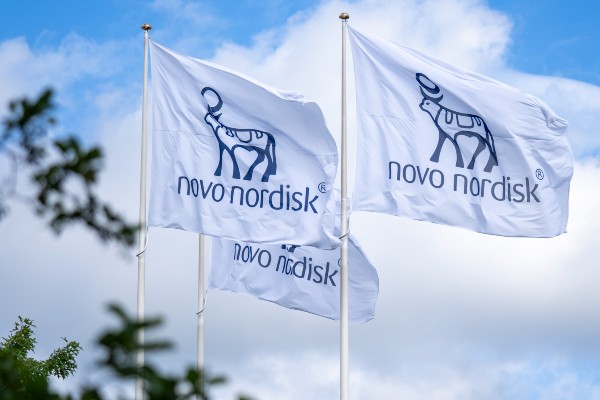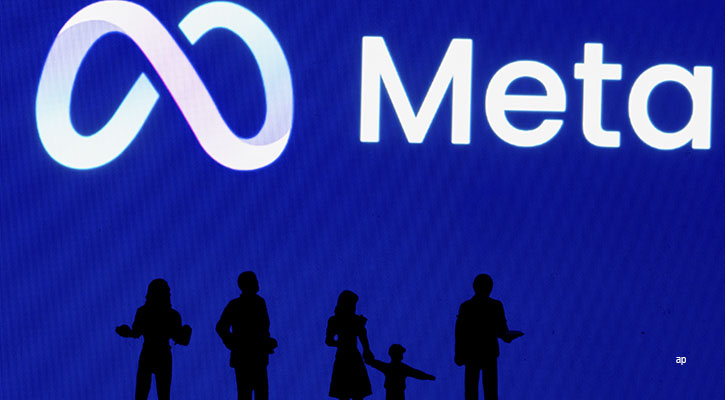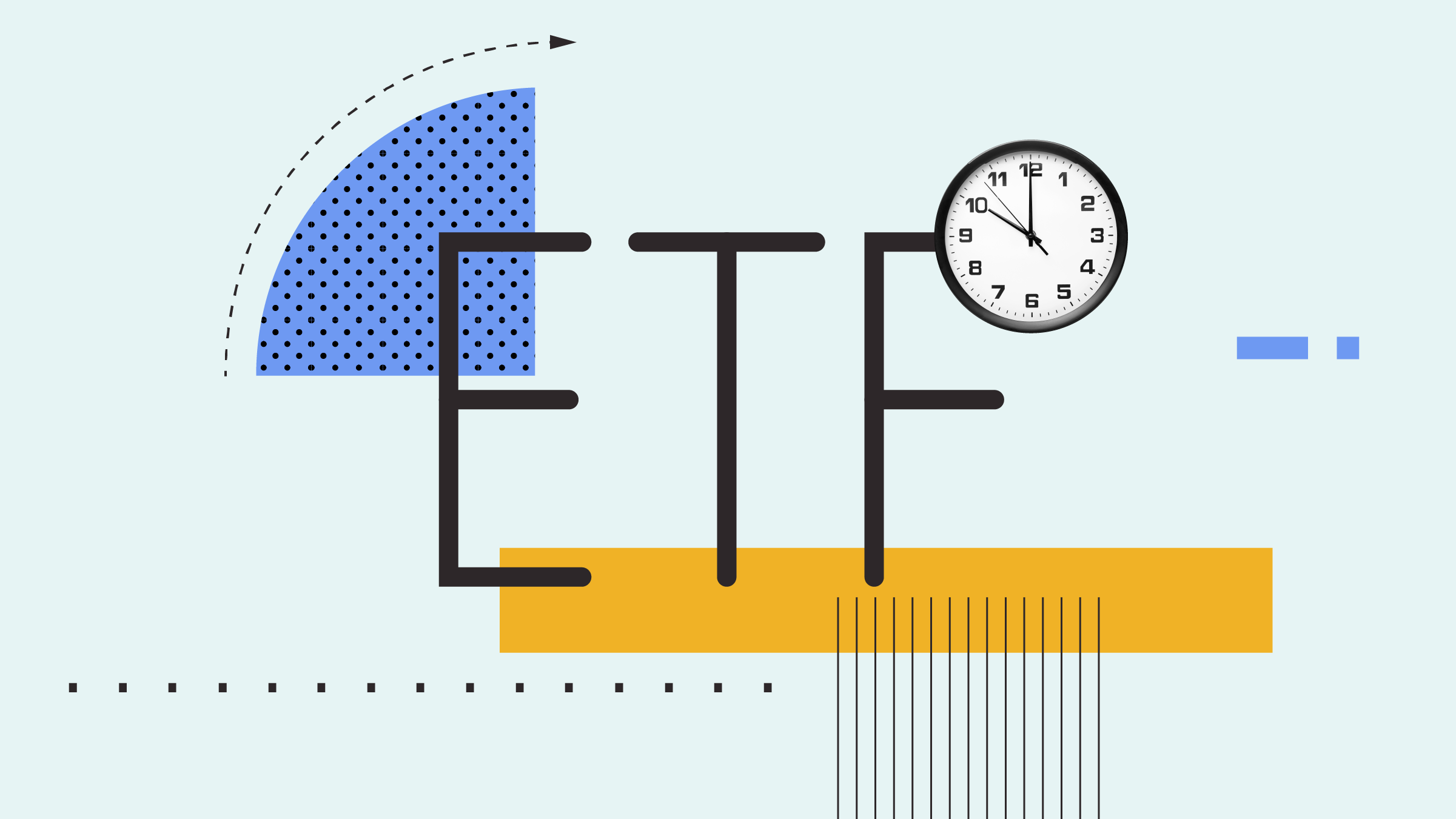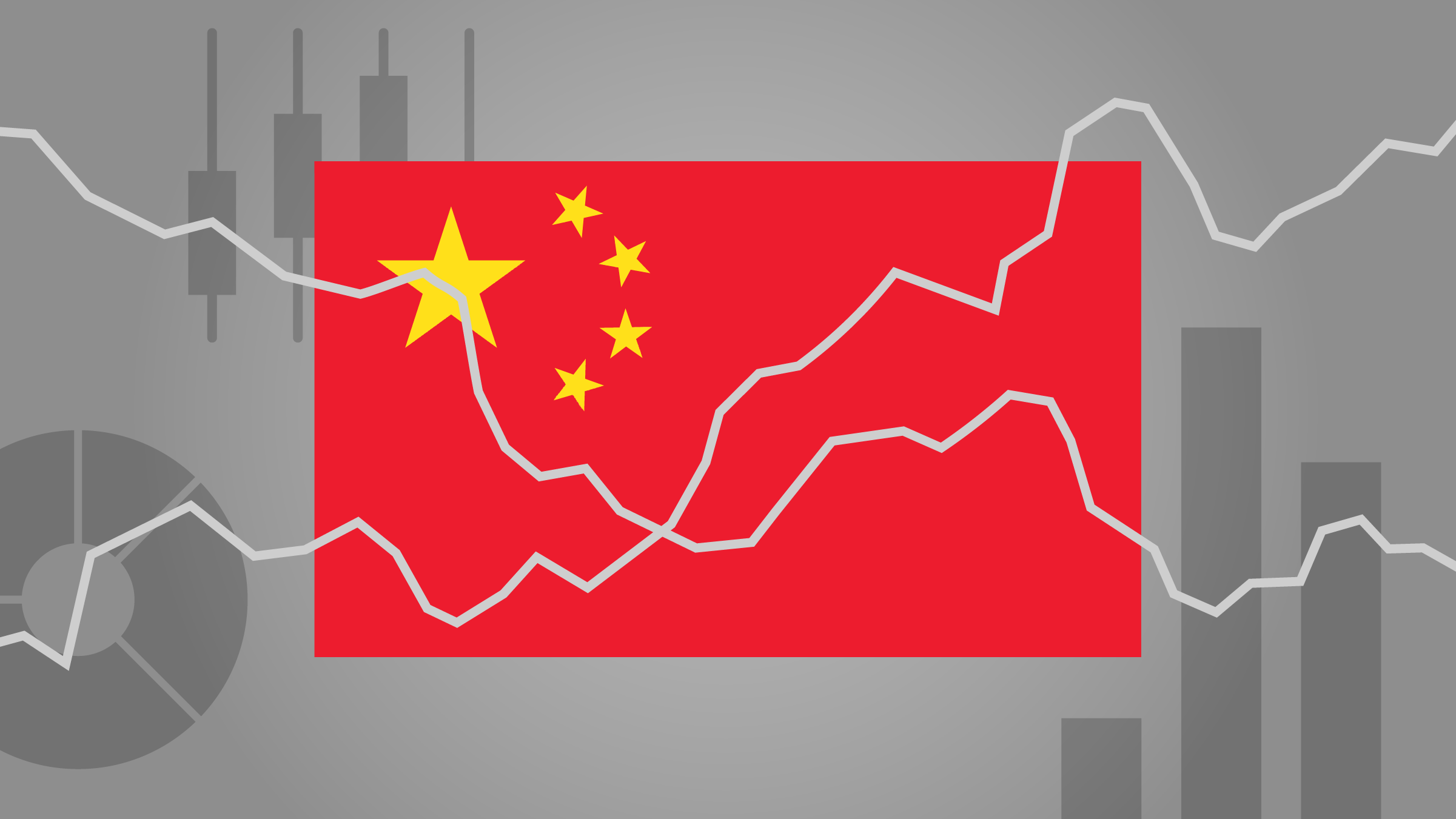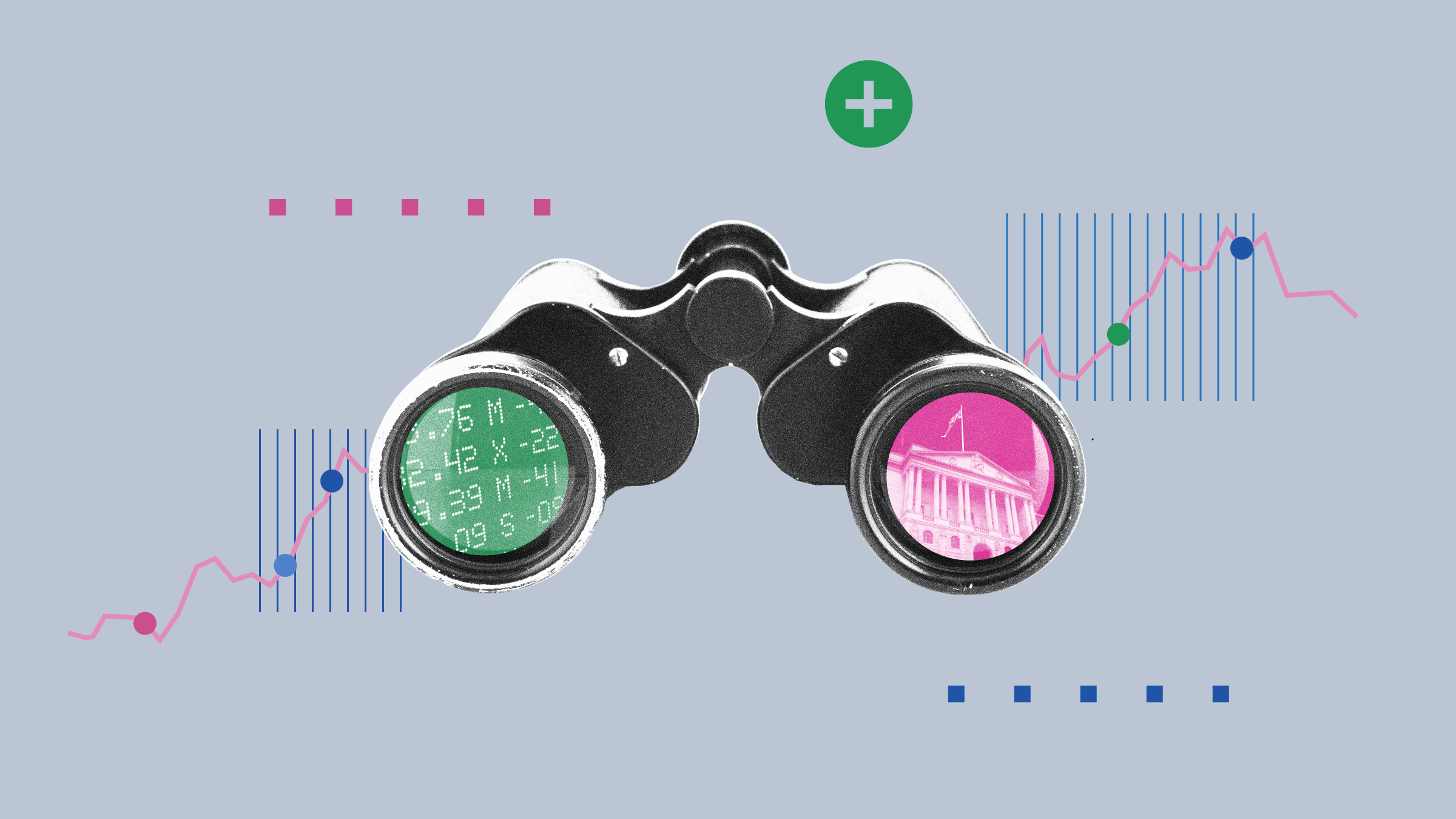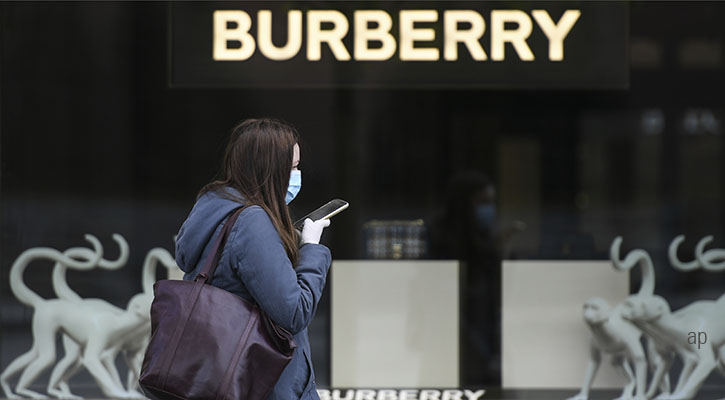
Burberry’s (BRBY) shares have fallen more than 8% this morning, Thursday November 16, after the fashion house said it is unlikely to achieve its annual revenue guidance amid a slowdown in luxury demand globally.
Burberry shares were down about 145p to 1,600p each. Over the past 12 months, the stock is down 21%.
Jelena Sokolova, senior equity analyst at Morningstar, explains that the slowdown for Burberry has hit most of its luxury peers, and it’s “still too early to say if Daniel Lee's collections change the momentum of the brand meaningfully as they only started hitting the stores at the end of Q2”.
That said, Morningstar has increased its fair value estimate for Burberry, from 2,090p per share to 2,460p.
Revenue increased by 7% at constant exchange rate for the first half of the year, with 10% growth in comparable store sales growth (11% in company compiled consensus). Strong growth in the first quarter (18% comparable store sales) was followed by significant moderation in the second quarter (1% comparable store sales growth), which is towards the mid-range of luxury peers for this quarter.
Sokolova says: “Demand in Americas remained very weak (down 10% on comparable store sales – slight sequential deceleration from -8% in the first quarter) and aligned with what we have been cautioning about for the last year.”
Comparable store sales in Asia also decelerated to 2% on more challenging comparison base with no impact of lockdowns in China in the second quarter last year. Sales to Chinese consumers were up 25% but with more tourist spending (-8% in mainland China in the quarter due to shift to spending abroad). Sales in EMEA and India were up 10% helped by tourist buying. Wholesale sales were down 8% on weakness in North America.
“Adjusted operating profit was down 6% but up 1% in constant exchange rates as currencies weighed (similar to peer Richemont) as margin was down by 180 basis points. Gross margin was up slightly at constant exchange rates but employee salary inflation, increased marketing to support new designer collections and store investments weighed on operating costs (up 10% at constant exchange rates).
“Operating profit for the full year is now expected towards the lower end of consensus range of £552-£668 million, versus our estimates for £617 million,” Sokolova says.
In the earnings report, Burberry, which had expected low double-digit revenue growth for the year, warns: "The slowdown in luxury demand globally is having an impact on current trading. If the weaker demand continues, we are unlikely to achieve our previously stated revenue guidance for FY24."
Despite its caution, Burberry increased its interim dividend by 11% to 18.3p from 16.5p.
Jonathan Akeroyd, Burberry’s CEO, comments: "We made good progress against our strategic goals, executing our priorities at pace. We continued to build momentum around our new creative vision with the launch of our Winter 23 collection in September, the first designed by Daniel Lee.
"While the macroeconomic environment has become more challenging recently, we are confident in our strategy to realise our potential as the modern British luxury brand, and we remain committed to achieving our medium and long-term targets."
Morningstar’s Take on BRBY
According to Sokolova, Burberry has transformed from an essentially licensed/wholesale business model with inconsistent regional product and brand presentation into a strong monobrand luxury player with a consistent message, good control over distribution, and a global presence.
In her business strategy outlook for the company, she says: “Burberry is the category leader in its trenchcoat business, enabling it to generate high operating margins in this category through scale and pricing power. It benefits from a high degree of control over distribution, which allows it to correct operational mistakes more quickly, showcase the brand at key locations in global capitals, avoid excessive discounting, and retain stronger negotiating clout with wholesale partners.
“Although prior-year retail expansion and rent inflation have weighed on margins, we believe Burberry has built an excellent global platform from which to execute. As space expansion is essentially flat and new demand comes from existing stores and online platforms, operating margins and cash flows should be boosted.
“While demand for luxury products is linked to GDP growth and an increasing number of wealthy and middle-class people, we believe Burberry and its leather goods and apparel peers could make existing customers buy more through product innovation. In the long run, growth should come from China, consumption should be supported by growing employment in high-wage sectors.”
Key Morningstar Metrics for Burberry
• Fair Value Estimate for BRBY: 2,460p
• Morningstar Rating: 4 Stars
• Morningstar Economic Moat Rating: Narrow
• Morningstar Uncertainty Rating: High










